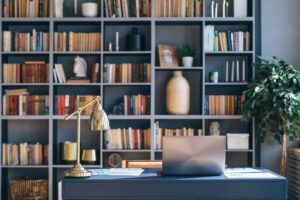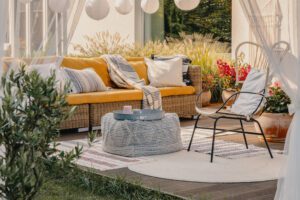Designing a Home Office That Doesn’t Feel Like an Afterthought
Did you slap together a home office during, say, the spring of 2020? Many people had to improvise and likely didn’t plan on this space becoming their permanent working environment.
The time to update and upgrade is now. With remote and hybrid work here to stay, you deserve an office that centers organization, productivity, and your personal style. Today, we’re talking tips for designing a home office that adds value to your property and career.
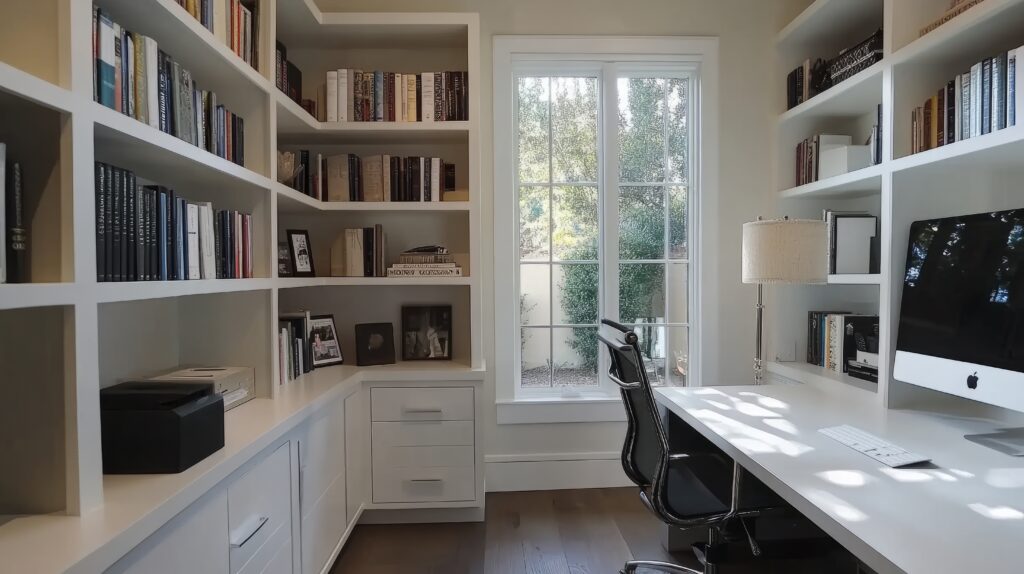
Customize storage
By far, the most intentional, high-value way to design an office is through well-thought-out presentation, storage, and organization systems.
Most any table can become a desk, but books, décor, files, records, and everything else the job requires need their own space. Custom cabinets and shelving reduce clutter and make a home office the functional space it is supposed to be.
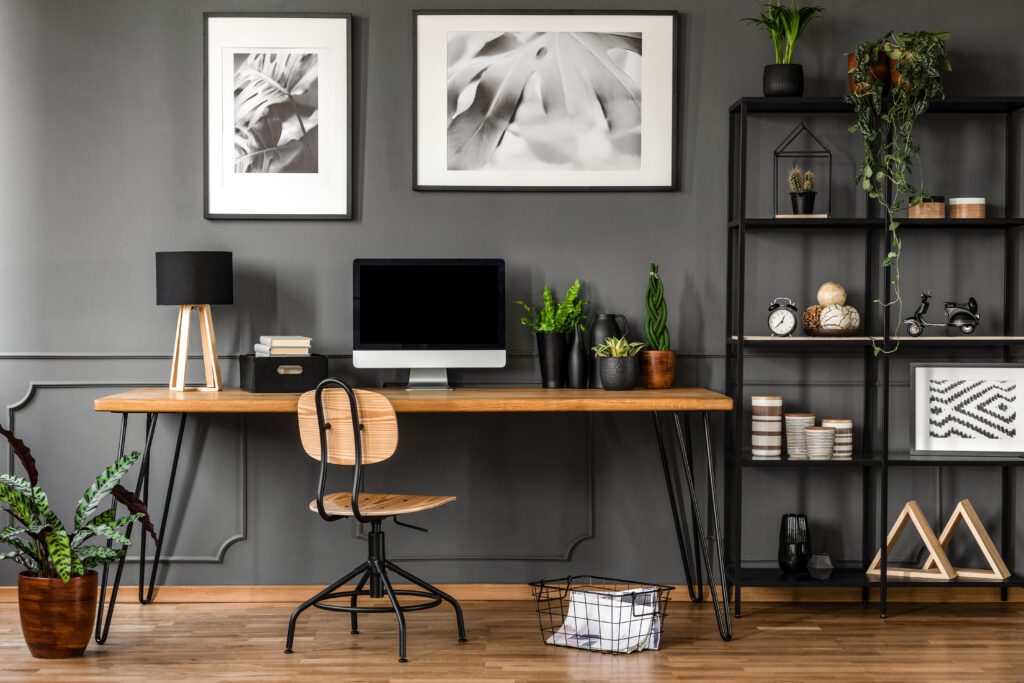
Add more personal flair
Home offices are less likely to be shared than other rooms. They’re personal spaces where our preferences can set the tone for both work and life. Adorn home offices with framed artwork, interesting objects, plants, and other themes that offer creative motivation and stimulation.
The home office is also a popular spot to choose bolder or dramatic colors or patterned wallpaper, particularly as an accent wall. This makes it easier to change the space over time, keeping it fresh and inspirational.
Be choosier about chairs
While you let the pros handle the fabrication and installation of shelving and cabinets, take your time choosing a chair. This one portable piece of furniture will be the deciding factor in daily comfort levels, impacting your workflow in more ways than you can imagine.
Here, style comes second to support. Proper lumbar support, adjustable heights, and the preferred amount of cushioning reduce pain and distraction.
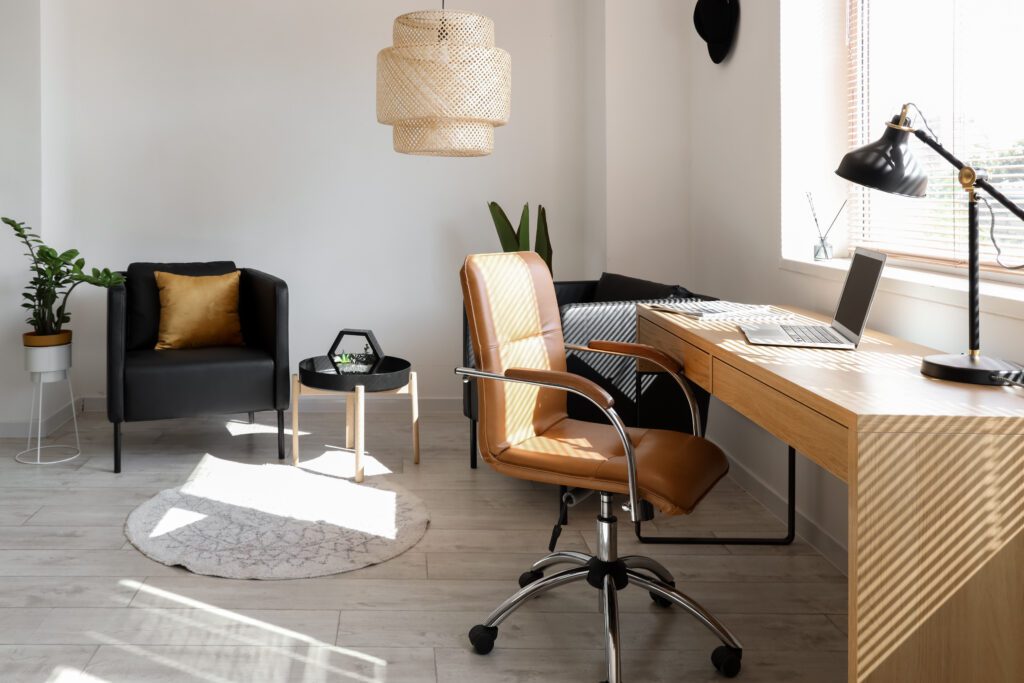
Face the light
Lighting is essential to prevent eye strain, but it also impacts your mood. Lighting that’s too low can be under-stimulating, making that mid-afternoon nap even more appealing.
If there’s a window with natural light available, consider placing your desk so you’re facing it. It aligns with your circadian rhythms to support wakefulness and productivity. It also has the fringe benefit of being more flattering on video calls and meetings.
Don’t forget ambient and task lighting–this is the perfect space for a refurbished vintage desk lamp or other statement lighting fixture.
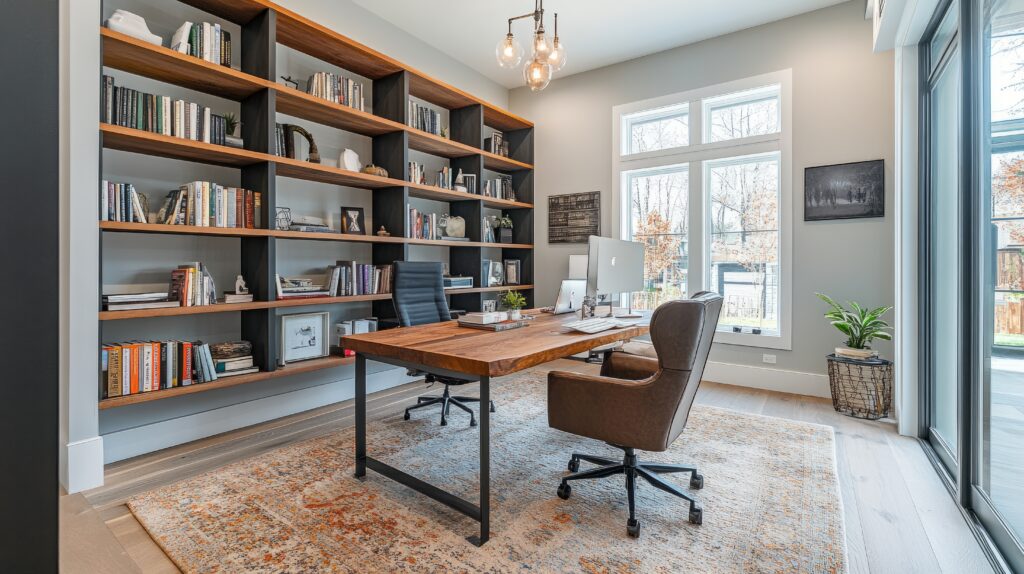
Max out vertical space
When we discuss using vertical space in kitchens and pantries, there are understandable worries over accessibility. This is less of a concern with home offices, where we can hit the ceiling with items we want to keep, but don’t reach for often.
Use sky-high shelves to organize reference books, important records, and more. If you’re still worried about accessibility, a rolling library ladder is a high-style accessory you’ll want to keep forever.
Get home office design done right with The Designery
It’s okay if you originally had to put your home office together in a rush–it’s not too late to round it out with the right tools for your job. The Designery can add professional panache to your room. Peruse your options for quality flooring, custom organization and storage, and more ideas to inspire you every day.
Book your free consultation to begin.
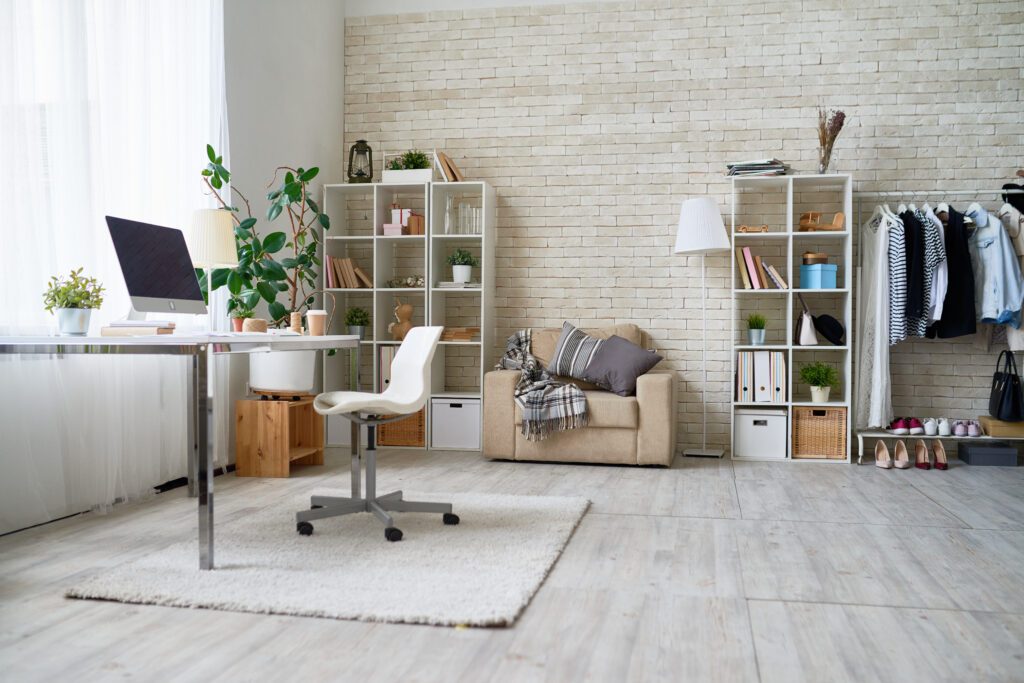
Designing a home office FAQ
What is a good office layout?
A good home office layout offers enough privacy to prevent distractions. It also has enough storage to accommodate all devices and equipment. Adequate lighting and comfortable, functional furniture are other musts for a productive space.
What’s the best color for a home office?
Many people paint at least one wall of their home office a favorite color that they personally enjoy being around. It’s a room where bolder color choices come with less risk.
Design professionals choose office paint based on several factors, especially lighting. Some of the most popular colors are neutrals, taupes, deep grays, dark blues, and earthy greens.
How do I design my own office?
The first step in designing a home office is establishing your needs. What type of active work space, storage, organization, and atmosphere is a necessity for the job? Visualize it in the space you have available.
From there, gather inspiration and photo examples of design elements you’re interested in. Hire a contractor for larger projects like flooring, custom shelving, and walls. Meanwhile, you can source furniture, lighting, and other fixtures to finish off the design.
More from Inspiration
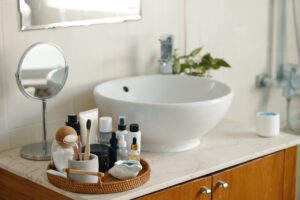
Storage for Summer Essentials: Bathroom Design for Organizing Skincare & Beauty Products
Read Article